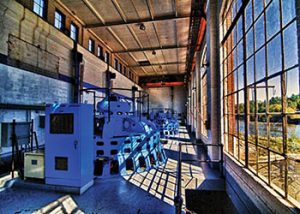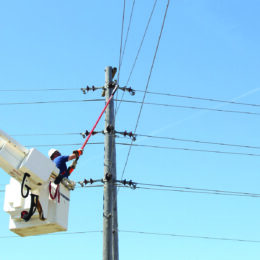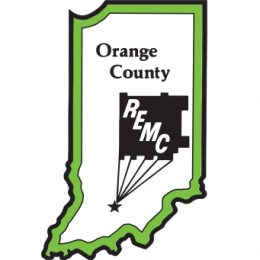 Since 2012, Hoosier Energy has had a power purchase agreement at a 4-megawatt hydroelectric facility near Dayton, Illinois.
Since 2012, Hoosier Energy has had a power purchase agreement at a 4-megawatt hydroelectric facility near Dayton, Illinois.
The plant produces about 18,000 megawatt-hours annually — enough to power about 1,500 homes.
A 600-foot long dam on the Fox River regulates water flow that is directed to a side canal. Electricity at this facility is produced by water pressure with virtually no emissions.
For more information about Hoosier Energy’s generation sources, log onto hoosierenergy.com/about/energy-strategy.
Your energy producer is a co-op, too!
Hoosier Energy is a generation and transmission (G&T) cooperative providing wholesale electric power and services to your electric cooperative. Founded in 1949 and based in Bloomington, the power producer generates power from coal, natural gas and renewable energy resources. The G&T delivers power through nearly 1,700 miles of transmission lines on the electric grid.
How energy is transmitted to your home
Power generation – Generating energy from a diverse set of fuel sources is an important part of the power supply portfolio, including a hydroelectric facility.
Switching substation – After leaving a power plant, electricity feeds into a substation that raises or “steps up” the voltage – similar to increasing water pressure.
Transmission – Electricity generated by Hoosier Energy and other utilities is placed on a regional grid and transmitted at high-voltage over long distances throughout central and southern Indiana and southeastern Illinois.
Distribution substation – These stations lower the voltage before being sent along to your local electric cooperative.
Energy to your cooperative – At this phase, your electric cooperative distributes and meters the energy you use at your home or business.



